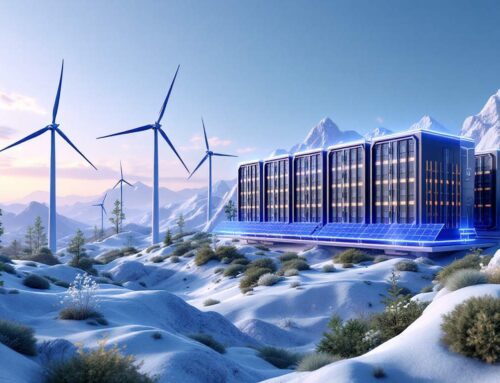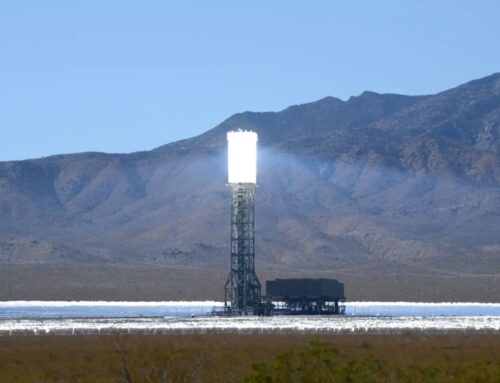Chart: Even as new clean energy breaks records, energy emissions rise
March 28, 2025
{
let winScroll = document.body.scrollTop || document.documentElement.scrollTop
let height = document.documentElement.scrollHeight – document.documentElement.clientHeight
percent = Math.round((winScroll / height) * 100)
}”
x-cloak
class=”absolute inset-x-0 bottom-0 z-50 lg:hidden”
>
Clean energy journalism for a cooler tomorrow
The world added more solar, wind, and other renewables than ever in 2024. But with power demand rising, it’ll take more to cut carbon pollution from the energy sector.
-
Link copied to clipboard

See more from Canary Media’s “Chart of the week” column.
Two opposing forces are tugging at the global energy transition: the inexorable rise of clean energy and the insatiable demand for electricity.
Last year, over 700 gigawatts of clean energy capacity were installed worldwide, per a March International Energy Agency report. That’s more than double the amount built in 2022.
Despite the blistering growth of carbon-free power, global emissions from the energy sector rose by nearly 1%, hitting their highest-ever level.
Renewable resources produced 32% of the world’s electricity last year. That’s just shy of coal’s share of 35%. Taken together with nuclear power, carbon-free sources met over 40% of global electricity demand in 2024 — a record high.
The reason clean energy is producing more power than ever is simple: The world is building staggering amounts of new clean capacity. Most of this is happening in China, and the vast majority of what’s being built is solar power. In 2024 alone, 553 GW of solar panels were installed worldwide; the sun-powered resource is growing so fast that it keeps forcing industry analysts to revise their forecasts upward.
So, why aren’t energy-related emissions falling? In part because global electricity use is surging.
Power demand rose by 4.3% last year, per the IEA, nearly double the average annual growth rate over the past decade. And while clean energy’s slice of the electricity-production pie is bigger than ever, the overall pie itself is growing. The net effect: Power plants ultimately burned through 1% more coal, gas, and oil last year than they did in 2023, even though the global share of electricity produced by fossil fuels actually declined.
Air conditioning was a key driver of this uptick in demand, thanks to a devastating feedback loop: As emissions from burning fossil fuels push global temperatures to record heights, people use more AC — in turn creating more demand for electricity that is still produced using mostly fossil fuels. Data centers and other industrial customers are also boosting demand.
The only way to meet the urgent need for more power and bring down emissions at the same time is to build clean energy — solar, wind, batteries, or hydropower and nuclear — faster than even last year’s record-setting pace.
Search
RECENT PRESS RELEASES
Related Post




